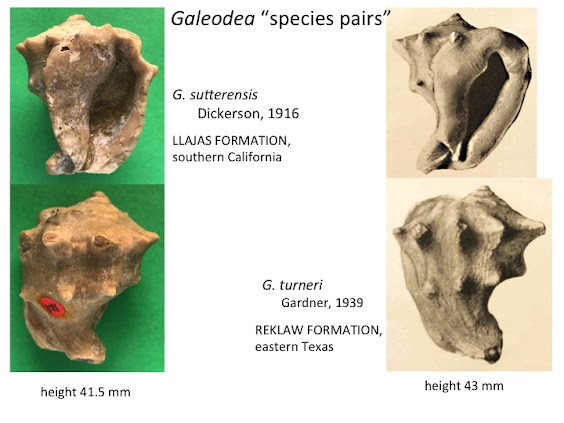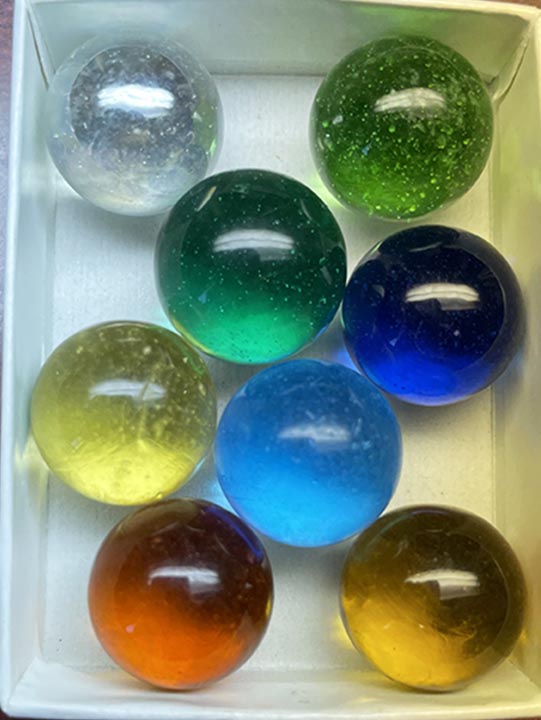Zebras are highly recognizable because of their stripes. These animals are perissodactyl equines native to southern Africa, in regions other than deserts and rainforests. They all belong to genus Equus, which includes horses, donkeys, zebras, and asses. Zebras have excellent hearing and eyesight, and they are highly social animals; thus, they have sophisticated communication sounds. If necessary, they can run at speeds about 35 to 40 miles per hour. They are constantly on-the-move to find fresh grass and water, and sometimes, they gather in huge herds of thousands of individuals. Their lifespan in the wild is about 20 years, but, in captivity, they can live up to 40 years (Wikipedia).
During the Pleistocene, enormous herds of horses once lived in Europe, Asia, Africa, and North and South America. Those in the America’s and in Europe eventually died out, leaving abundant zebras only on the plains of Africa, plus some rare forms in Asia, e.g., the Asiatic onager (Fenton and Fenton, 1989, p. 579). Until recent years, it has been reported that there are three living species of zebras. Equus quagga, also called the “plains zebra,” is the most common and widespread. According to Pedersen et al. (2018), at least 600,000 plains zebras currently inhabit the African savannahs. These animals can be up 880 pounds. This species has also been referred to as burchellii, but the name quagga has taxonomic priority.
Equus quagga displayed in the Age of Mammals Exhibit Hall at the Natural History Museum of Los Angeles County, southern California (nhm.org). Image taken by the author.
The other two “species” of zebra are Equus zebra, also called the “mountain zebra,” is only up to 620 pounds and lives only in southwest Africa; and Equus grevyi, which is the rarest and weighs the most (up to 990 pounds). It is restricted today to a very small area in south-central Africa.
Early classifications of zebras were based on features, such as skull dimensions, presence or absence of a mane, and stripe pattern. These early classifications resulted in various numbers of species ± various numbers of subspecies. A modern-day DNA study (Pederson et al., 2018), however, supports variations in zebra populations being clines rather than species or subspecies. In biology, a cline is a measurable gradient in a single characteristic biological trait of a species across its geographical range. Clines can be smooth, continuous gradation, or more abrupt changes from one geographic region to the next. Thus, clines do not equal taxonomic recognition in the way species or subspecies do. This 2018 DNA study shows, furthermore, that there are nine populations of zebras, and only two of these overlap with traditional categorizations (one of which is the quagga population = the largest population and most distinct population, which originated in South Africa around 370,000 years ago). The population genetic structure does not mirror the traditionally reported, morphological-based subspecies delineations.
References Cited:
Casper–Emil, T. Pedersen and seven others. 2018. A southern Africa origin and cryptic structure in the highly mobile plains zebra. Nature Ecology and Evolution, v. 2, pp. 491–498. (pdf available online for free)
Fenton, C.L. and M.A. Fenton. 1989. The fossil book-a record of prehistoric life. Doubleday, New York, 740 pp.
Wikipedia.org
















